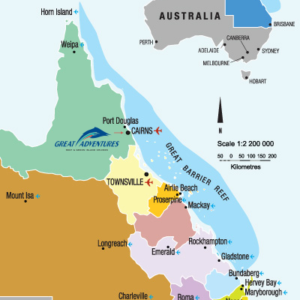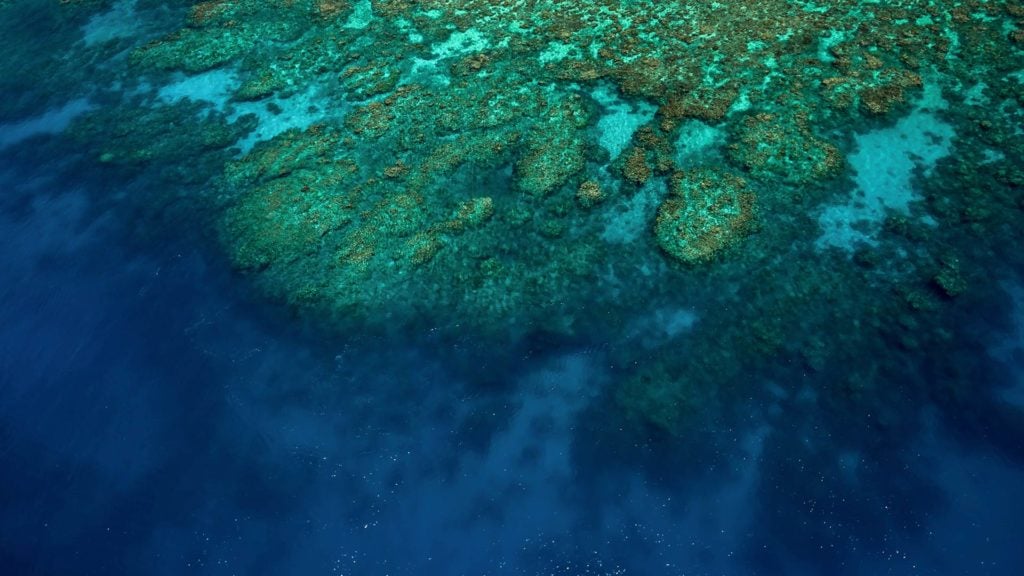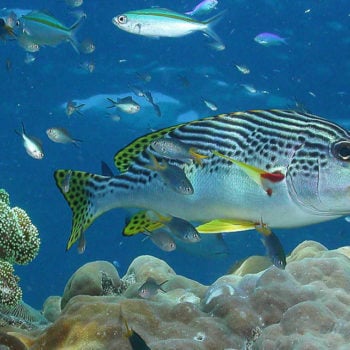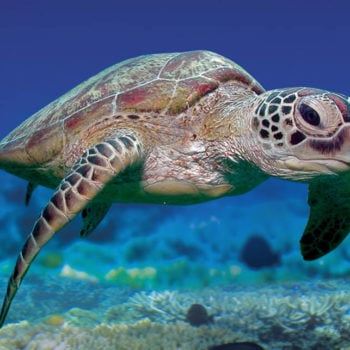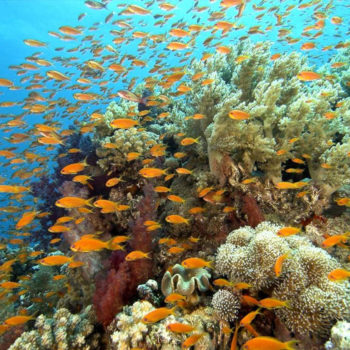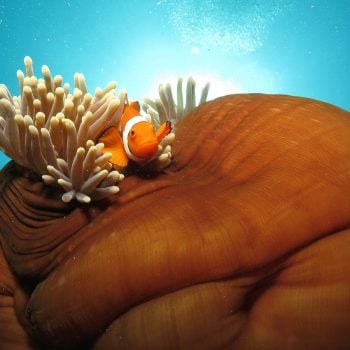A complex geological history
The Great Barrier Reef first began to grow about 18 million years ago. Since this time, various geological events, such as Ice Ages and low seawater levels have interrupted reef growth. The reefs we see today have grown on top of older reef platforms during the last 8000 years – since the last Ice Age.
Amazing marine life diversity
The Great Barrier Reef has some of the highest marine life diversity in the world, including:
- 450 type of corals
- 1500 types of fish
- 4000 types of molluscs.
There are more different species of animals and plants in a cubic metre of the Great Barrier Reef than in any other environment in the world – including tropical rainforests. In fact, some reefs in the Great Barrier Reef have more different fish types than in the entire Caribbean Ocean.
|
Approximate Number of Species
|
|||
| Type of Animal |
Great Barrier Reef
|
Caribbean
|
World
|
| Fish |
1500
|
900
|
13,000
|
| Turtles |
6
|
4
|
7
|
| Sea snakes |
15
|
0
|
52
|
| Whales & Dolphins |
26
|
22
|
75
|
| Hard Corals |
350
|
50
|
1260
|
| Snails & Clams |
4000
|
1200
|
100,000
|
| Giant Clams |
6
|
0
|
9
|
| Nudibranchs (sea slugs) |
350
|
130
|
1550
|
| Sea Stars (starfish) |
100
|
18
|
1800
|
| Sea Cucumbers |
115
|
25
|
1400
|
For more information visit the Quicksilver Environmental Division, Reef Biosearch






